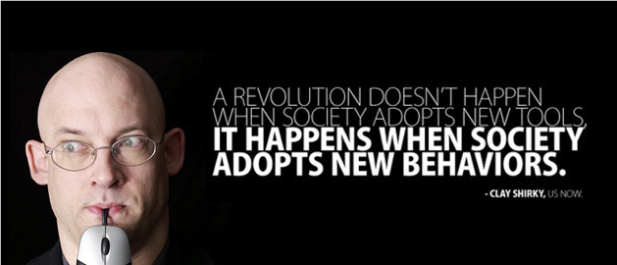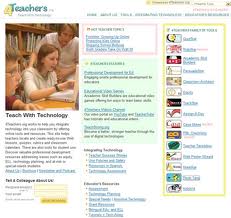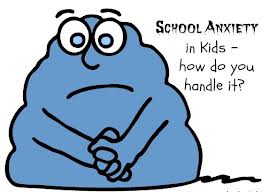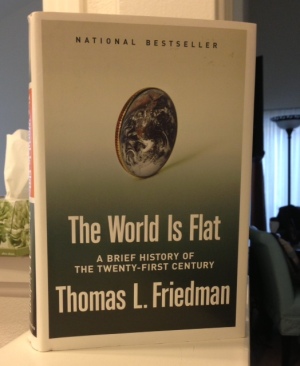I learned a l ot in this class about online technological resources, collaboration resources and google capabilities.
ot in this class about online technological resources, collaboration resources and google capabilities.
The cool tool duel was a great demonstration of some of the creative and useful tools out there available for teachers and students alike.
A great portion of this class was dedicated to collaboration. Collaboration is a vital part of teaching and in this class I exercised my collaboration skills! I enjoyed working with others and sharing ideas.
The best part of this class was discovering all the wonderful resources Google has to offer. From online powerpoints to creating your own webpages, Google has everything you need in one place. I enjoyed this part of the class and even got the app for my iphone!
Overall, I enjoyed this class very much and look forward to implementing many of these techniques and tools in my classroom! Good luck to everyone and enjoy your break.











